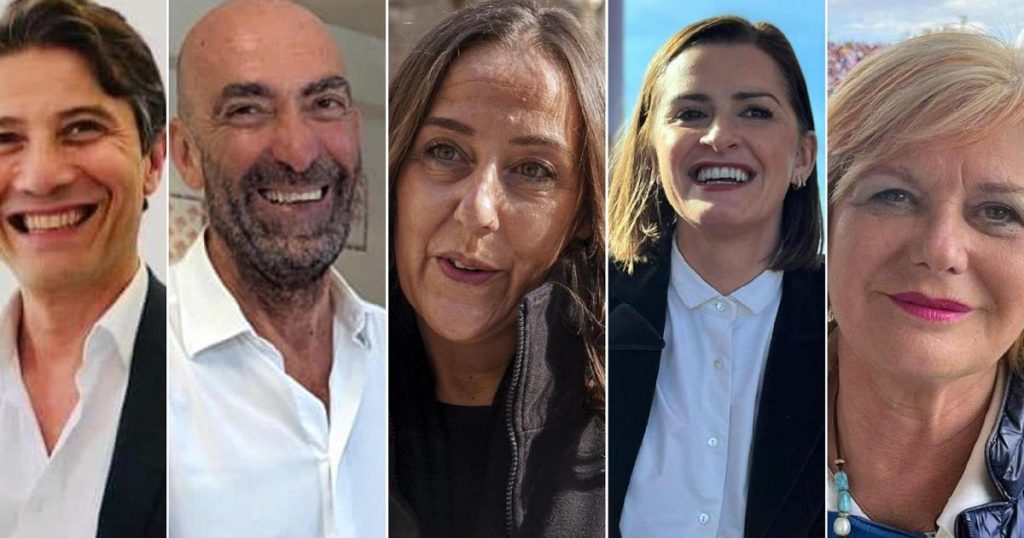The elections have various dynamics and tools to search for votes and engage the greatest number of voters. Not only rallies, meetings, door-to-door campaigning, and cocktails, but also attention to the virtual audience, the one on the web. Let’s take a look at the presence of some of the candidates in the runoff elections in light of the result obtained based on the “strategic sentiment” that is always present in an electoral campaign. Starting from Florence, analyzing the data on two social platforms: Instagram and Facebook.
In Florence, Sara Funaro, the center-left candidate, won the runoff election with a significant advantage over the center-right candidate Elike Schmidt. The analysis of the posts published on the two platforms referred to the engagement obtained, in terms of interest generated in people by a single post, interactions, and the involvement that leads to new followers. Sara Funaro, by publishing more on Instagram, was able to engage 1033 new followers, showing her proficiency on this platform. In contrast, Schmidt, who was less active on Instagram, only reached 486 new followers. Interestingly, on Facebook, despite Funaro posting more frequently, Schmidt prevailed in garnering new page subscribers.
In Perugia, two young women, Margherita Scaccia for the center-right and Vittoria Ferdinandi for the center-left, faced off. The center-left candidate emerged victorious. Both candidates used the two platforms evenly, but Scaccia wrote more, resulting in a dominance of engagement on Instagram that translated into fewer interactions and fewer followers than Ferdinandi. Similarly, on Facebook, Ferdinandi posted less frequently but obtained significantly more engagement and interactions.
In Bari, Vito Leccese of the center-left prevailed over Fabio Romito of the center-right. The lower engagements and interactions on social media indicated who ultimately lost the elections. Romito had limited activity on these platforms, and the result was evident as he only engaged 7726 users on Instagram, whereas Leccese involved 26,436. Romito excelled on Facebook, managing to engage nearly 12 thousand more users with fewer posts than Leccese. However, it’s worth noting that Leccese gained more new followers on both platforms.
In Campobasso and Potenza, the analysis by “Arcadia” focuses on Instagram only. In Campobasso, the center-left candidate Maria Luisa Forte prevailed over Aldo De Benedittis, with fewer but more engaging posts leading to more interactions and new followers. De Benedittis, on the other hand, had very low engagement, fewer interactions, but managed to gain slightly more new followers. In Potenza, another victory for the center-left, Vincenzo Telesca published fewer posts than his opponent Francesco Fanelli but garnered more interactions and more new followers, highlighting the importance of social media presence in political campaigns.















